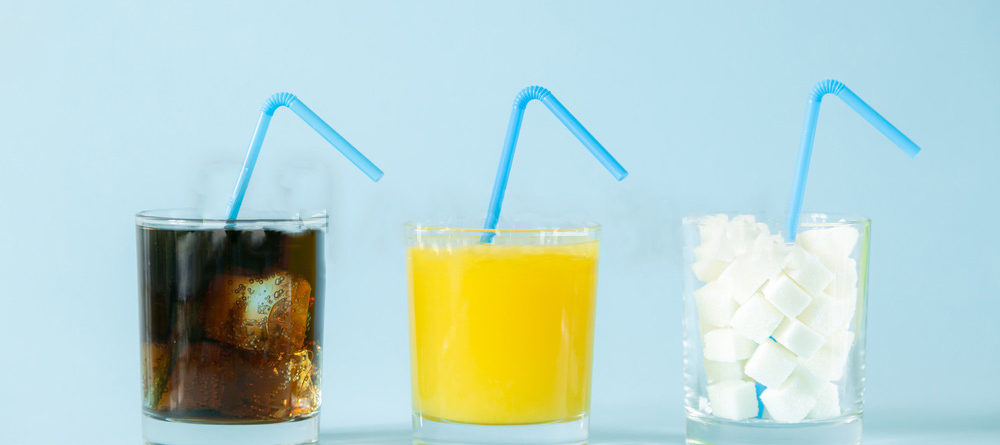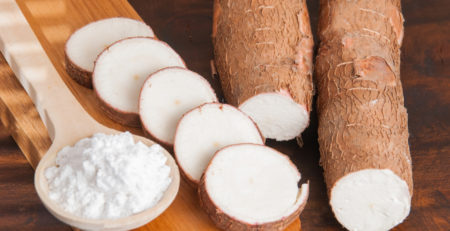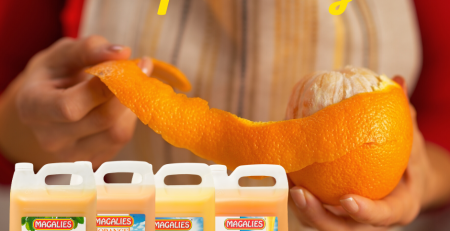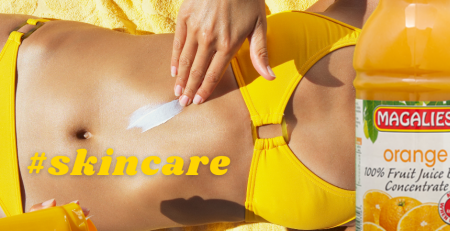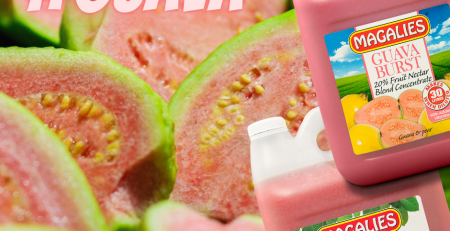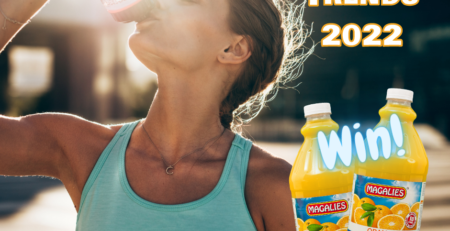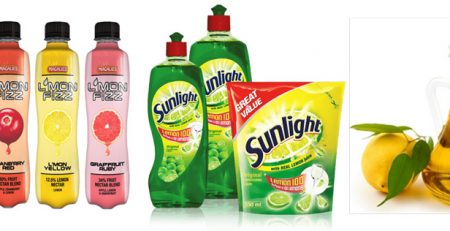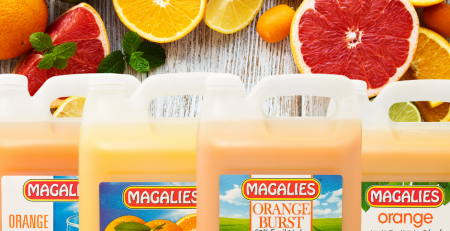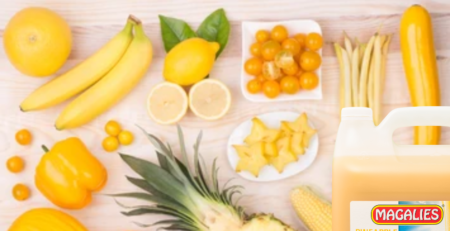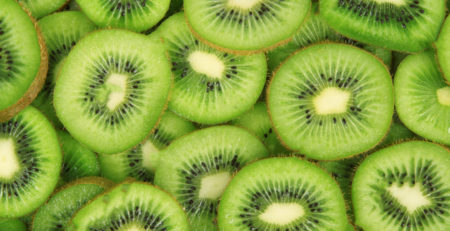How to Read Foodstuff Labels: Sugar coating the issue.
by Dr. Marli Botha
Sugars include all simple carbohydrates, monosaccharides, and disaccharides, both those occurring naturally in food as well as those added during production. The simple sugars contained in whole fruit, and fruit juices, are mostly fructose but also include glucose and sucrose. The sugars in 100% fruit juices always come directly from the fruits that have been juiced, and are never added. Other names for sugar: dextrose, fructose, glucose, golden syrup, honey, maple syrup, maltose, lactose, brown sugar, caster sugar, maple syrup, raw sugar, sucrose.
All fruit juice does contain sugar because the fruit itself naturally contains sugar. The natural sugar content of fruit is between 8% and 12%, but the actual levels vary from fruit to fruit, and with the stage of ripeness of the fruit, as well as the geographical location where the fruit was grown.
In terms of the South African legislation, a 100% juice will consist of the natural juice of the named fruit(s), with the possibility of permitted preservatives, citric acid, ascorbic acid, carbon dioxide, natural essences/aromas. It does not contain added sugars derived from any other source for example sugar beet, invert sugar or sugar from the cane.
The WHO classifies intrinsic sugars, i.e. those naturally occurring in the intact structure of fruit and vegetables, but also sugars that naturally occur in, fruit juices and concentrated fruit juices. Hence when the label read “No added
Sugar” means no added refined sugars but it does not necessarily mean the food is low in sugar, because the food may be high in natural (intrinsic) sugars.
Fruit Nectar: This is a juice beverage that consists of juice and water with or without the addition of sugar. The resulting beverage would contain at least 12.5% juice in the case of lemon or lime and up to 50% in the case of fruits like apple and orange. The minimum amount of fruit juice content is legislated in the regulations.
Fruit Drink: This class of fruit beverage is also a mixture of juice and sugar with or without the addition of water, with the exception that the juice content is much lower. A fruit drink has a fruit content of only 6%.
The current sugar tax, known as the health promotion levy, came into effect on 1 April 2018. The health promotion levy is administered in terms of the Customs and Excise Act through the application of the duty-at-source principle. Effective 1 April 2019, the health promotion levy will increase from 2.1 cents to 2.21 cents per gram of sugar per 100ml, with the first 4 grams of sugar and 100% Fruit Juices still exempted from taxation. The intention of the tax is to get people to limit their consumption of liquid sugar through price elasticity. Addressing health concerns related to excessive consumption of sugar-sweetened beverages is a major cause of obesity, which brings with it numerous health dangers, primarily diabetes, hypertension, strokes, heart attacks, and cancer.
References:
https://fruitjuicematters.eu/en/consumption-and-behaviour/100-fruit-juices-and-sugar
https://www.safja.co.za/safja-faq.html
https://www.beveragedaily.com/Article/2018/04/03/South-Africa-introduces-sugar-tax
This article was compiled by Dr. Marli Botha with the intention to inform and educate the public. All relevant contributing information is based on the regulations of March 2010 (R146) as well as the published R429 draft of the regulations as a guideline for those issues that are not covered by R146.

